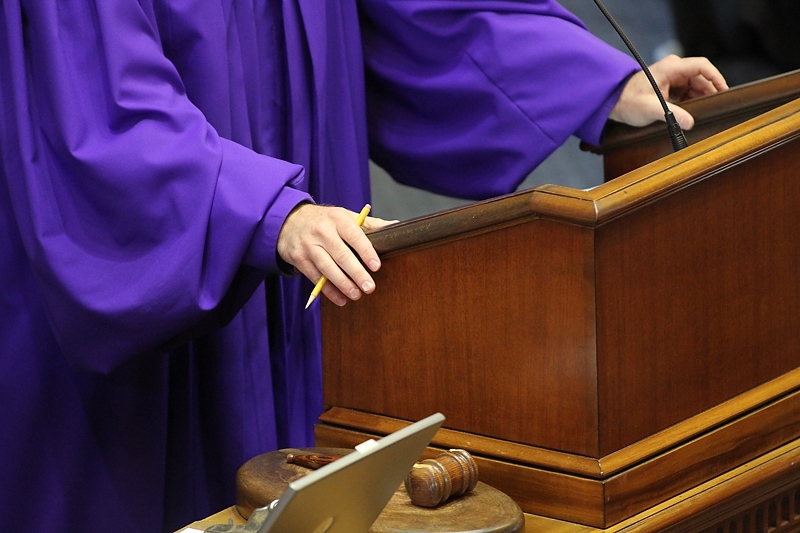SC Succession Scandal Lurking?
PALMETTO STATE UPHEAVAL AHEAD OF US … AND BEHIND US? The news that S.C. governor Nikki Haley wYou must Subscribe or log in to read the rest of this content.
PALMETTO STATE UPHEAVAL AHEAD OF US … AND BEHIND US?
The news that S.C. governor Nikki Haley w
